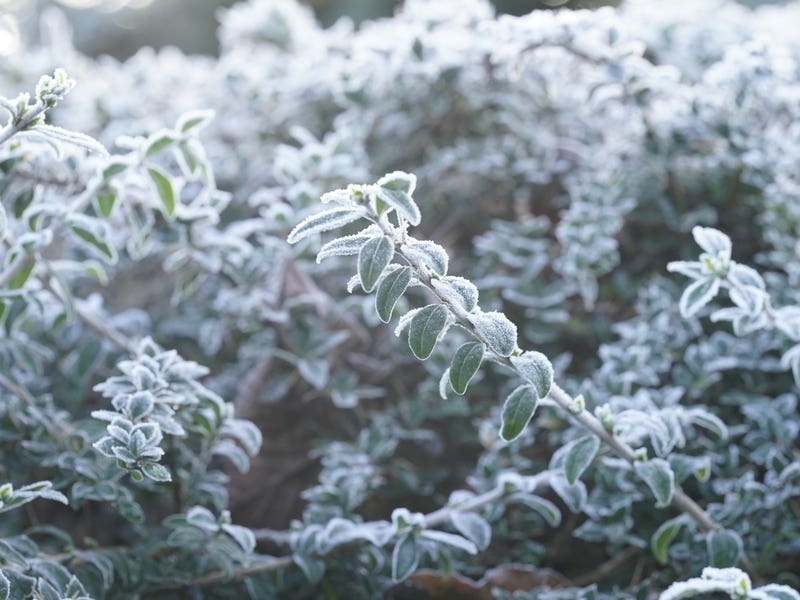Because the sight of hundreds of white butterflies swarming reminded those who saw it of a winter snow flurry or even, in one description, a blizzard.
In fact, the sight – which has been replicated across Jersey in recent days, with reports from St Clement to St Ouen – was down to unusually high numbers of large white butterflies – their common name – swarming over some of their favourite foods.
Reports have emerged of hundreds of butterflies in fields and gardens at Bouley Bay, Victoria Tower, St Clement’s Coast Road, on Route de Vinchelez in St Ouen and in flower beds by the Radisson. There have even been reports of more butterflies than normal being spotted at the Ecréhous.
Government of Jersey natural environment officer Denise McGowan said the increase, which was similar to one seen last year, is believed to be down to the cover crops being planted by farmers in some fields.
‘We believe it is due to the cover crops farmers are planting in the fields which flower at this time of year, such as mustard, phacelia and white radish. I received several messages from butterfly volunteers who described seeing a blizzard of white, they’ve never seen anything like it before. Butterflies are important local pollinators and these cover crops provide a vital food source for all of Jersey’s insect pollinators’.
Sandra De Oliveira witnessed hundreds of butterflies swarming in a field in St Clement on Tuesday. She said: ‘There were a lot more. It just seemed so unusual – unlike anything I have seen before. My little girl Bella described it as looking like snow. It was very beautiful to see.’
Helier Falle had an infestation of green caterpillars at Millemont on Les Varines three weeks ago and this week discovered they had turned into hundreds of butterflies, many of which had to be released from inside a shed.
‘They seemed to be everywhere, on the lawn, in the sheds, on the trees and shrubs. This was about three weeks ago and then earlier this week they hatched out of their chrysalises and then the butterflies were everywhere – beautiful to see.’
The JEP’s Nature columnist, Bob Tompkins, said: ‘The main reason for it is the field crop being sown in a number of areas. It is a green manure designed to keep the weeds down.
‘The majority of it is mustard and white raddish, and it is effective in the cabbage family. It has all flowered at once and if you take a close look some fields have been completed stripped [by the insects].’
He added: ‘I have a field by my house and it is a job to tell what is flowers and what is butterflies. It is humans supplying a very large source of one particular type of food. It is not necessarily an indication of how good the environment is at all – it just proves how little else there is out there that they focus on these areas.’
lNature: Pages 16 and 17.






